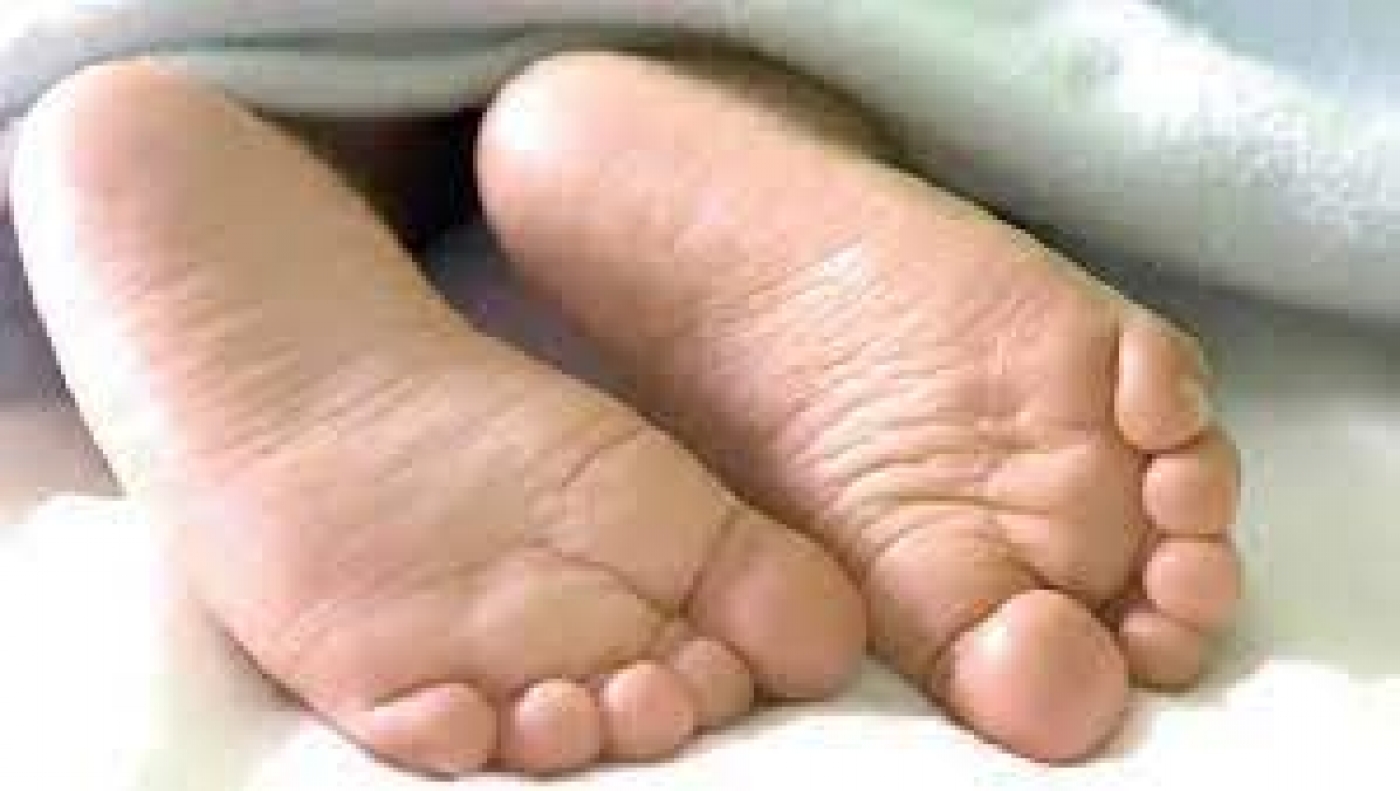According to News Medical Life Sciences, a health news portal, there are many types of congenital abnormalities that can occur in male genitalia and they include penile agenesis or testicular agenesis.
It explained that some deformities could be minor and might cause no harm; whereas some others could be severe and might require treatment in the form of surgeries.
It noted that some of the penile abnormalities known were aposthia, a condition where a child is born without the foreskin; and webbed penis, which is a congenital condition in which a fold of skin obscures the penoscrotal angle in an otherwise normal-sized penile shaft, resulting in a pseudo microscopic appearance of the normal penis.
Other abnormalities highlighted include chordee, a situation where the penis develops abnormally causing it to curve downwards; hypospadias a condition where the urinary opening does not develop properly and opens lower on the penis instead of at the tip; diphallia and testes-related defects, where the boy may be born with only one testis.
The site stated that while some of the abnormalities were quite rare, occurring in one person out of over a million persons, “they could be minor and may cause no harm; whereas some others can be severe and may require treatment such as surgeries.”
Osegbe said it was important for a child to be able to urinate without soiling himself, but that if it happened, medical intervention became necessary to correct the abnormality before the end of puberty.
The consultant urologist revealed that any abnormality in a boy’s penis usually starts from birth, adding, “Most real penile issues would have started from when they a child is small and must have been born with it. Either there is a structural abnormality and the penis didn’t form well or it formed well and is not growing well.
“Those that are not growing well are usually due to hormone deficiency. If a boy’s testosterone hormone level is low, the urologist will place the child on the hormone and the penis will grow. But if it is congenital abnormality, which is a structural abnormality, the child will also be treated.”
The consultant urologist emphasised that since the penis stops growing after puberty, it is important to commence treatment on any abnormality before the stage ends.
“At puberty, there is the sprout of growth. So after puberty, a lot of things don’t grow again, like the penis,” he added.
Source: HealthWise







